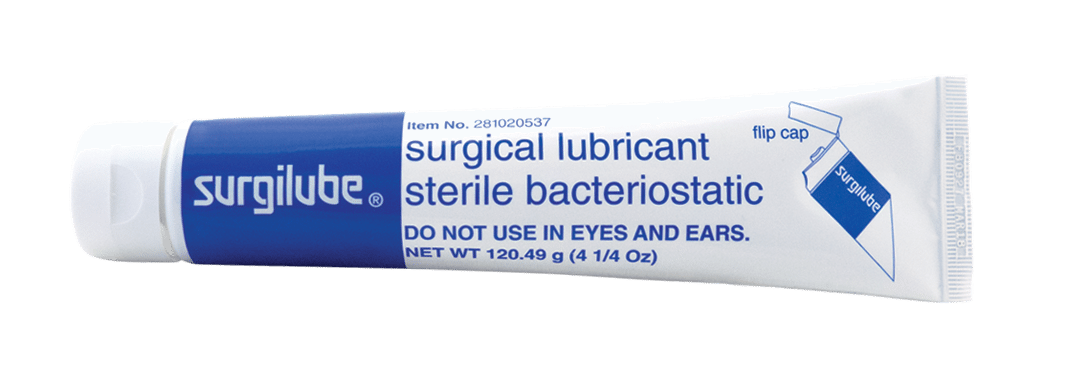Preventing Surgical Site Infection is an Organizational Responsibility

As the operating room empties and the sterilization process begins for the next patient, the last thing to be swept up off the floor is the empty packet of Surgilube® that has crusted to the floor by bloody footprints. Though the emergency surgery lasted longer than anyone expected, this trauma didn’t get the best of your surgical team, and the victim will live to see his next birthday — assuming he survives the hospital stay and recovery.
Upon entering and exiting every patient room, you see the same bottle of alcohol-based hand sanitizer perched at viewing level. In the early 2000s, this became standard practice in all medical facilities to help combat hospital-acquired infection. It is easy for deadly bacteria to take advantage of the sick and injured and complicate their situations from one of pain and discomfort to one of fighting for their lives.
In 2018, there were more than 300,000 hospital-acquired surgical site infections (SSI) that resulted in over 9,000 deaths nationwide. That is to say that it was not the injury or illness that required the surgical intervention, nor the surgical procedure itself that claimed their lives, but the infection that began at the surgical site. The Joint Commission still lists preventing infection as one of their top Hospital National Patient Safety Goals for 2019 . From the quality of your handwashing procedure to the efficacy of the products and techniques you employ, preventing infection is every healthcare provider’s responsibility.
Join us today as we discuss some of the ways your organization can fight back against the opportunistic microbes that search for vulnerable surgical sites to exploit.

Organizational Approaches to Preventing SSI
At an organizational level, there are measures that can be taken to ensure that each of your employees are actively engaged in the fight against infection and that you are arming them with the tools that they need to do so.
Lead from the front.
As an organizational leader, you have the strong ability to influence those who work with you and for you. What you expect of your employees is what you should exude. You cannot simply tell your staff to use the best techniques, you must arm them with the tools to allow them to and always set the example. If you are not in a position of leadership, even those in administration can help set the standard by educating patients and encouraging medical providers to do the right thing.
Review processes regularly.
Medicine, like bacteria, is an ever-evolving science. If your facility has not reviewed or updated their policies and procedures since the mid-90s, it is time to do so because things have changed dramatically. Keep your standards and practices up to date with current evidence-based practices that are reflective of current issues and goals.
Know the difference in cleanliness standards.
As a medical professional, at any certification level, you have been trained on the difference between clean, aseptic, and sterile technique. However, this should regularly be reviewed and practiced. All too often, medical professionals become complacent, and that is when the microbes get the opportunity to strike. It only takes one single-cell organism trapped in a moist dressing to feast on the healing tissue of your patient’s surgical wound, and before you know it, an entire colony has created a septic situation.
Sterile kits, such as those used for central line dressing changes, Foley catheter insertion, and other procedures are just that — sterile. Once the sterile field is broken and compromised, it is no longer effective. Practice regularly, conduct staff training, and perform skill performance reviews.
Use high-quality sterile products.
The quality of the products your facility uses matters. If the product inside the sterile packaging is subpar, is the sterility of the packaging relevant? If you use substandard products, you get substandard results. Only the highest-quality sterile products should be used, in every facet of your facility. From the surgical lubricant that feeds the tubes into your patient to the sponges used in your wound vac kit, every product makes a big difference when it comes to preventing the spread of infection.
High-quality sterile products will have features that include guaranteed sterility*, bacteriostatic properties, and ingredients that enhance patient safety while limiting microbial compatibility. Surgilube Surgical Lubricant is created with surgical site healing in mind. From the very first step of the production process until it is applied to your patient, sterile procedures are used. Surgilube has owned the mark of assurance, consistency, and convenience for nearly 90 years, which means you can put your trust and confidence in us.
Help HR Pharmaceuticals help medical facilities across the globe fight surgical site infection and improve the outcomes of patients worldwide. When you use Surgilube Surgical Lubricant in your operating room and elsewhere throughout your practice, you can rest assured that you have taken measures to protect your patients. For all of your surgical lubricant needs, trust HR Pharmaceuticals.

Surgilube® has owned the mark of assurance, consistency and convenience for over 80 years. We have provided a premium lubrication to ease discomfort when